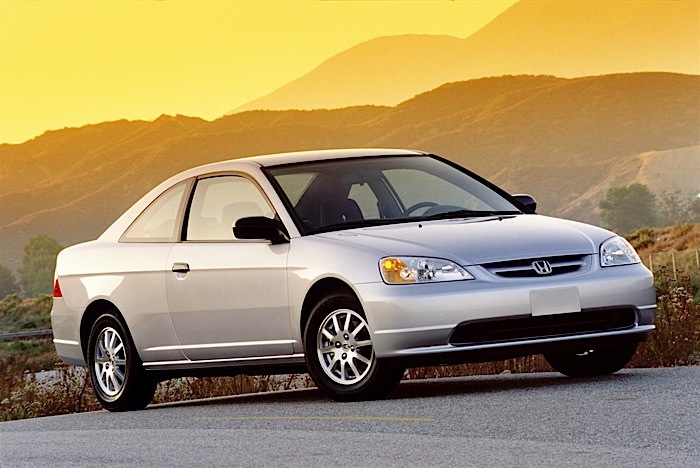CAN Systems
With that said, we’re now in an era of body control electronics in which various modules, including the PCM, share information through a bus communications system. During the early 1990s, some high-end European vehicles began using high-speed communications systems to not only share information, but to prioritize and control communications among the various modules.
The result of these developments is the now-familiar Controller Area Network (CAN) communication systems, which were phased into general production about 12 years ago. Due to the need for high-speed bus communications to operate and prioritize various safety features like vehicle stability and many other modern-day accident avoidance systems, CAN systems were mandated by the federal government as standard equipment in 2008.
With that background in mind, it didn’t take me long to understand that CAN system or not, it was apparent why the shop foreman and technician were both frustrated and puzzled by the Honda Civic’s insatiable appetite for PCMs.
At a Loss
At this point, Honda’s technical support couldn’t offer a solution. After looking through my own aftermarket information for a 2002 Honda Civic, I found that I was also at a major disadvantage when dealing with Honda body control and vehicle immobilizer issues. Part of that problem was that the automotive manufacturers in that day refused to publish technical and repair information about their vehicle security systems.
So, I had no idea of what the operating strategy might be on the immobilizer system, nor did I know why the failed PCMs would cause the immobilizer light to flash. Adopting one of my earlier suggestions, the technician disabled the alternator voltage regulator to eliminate electrical interference from the charging system. He also attached a labscope to the PCM B+ terminal to detect voltage spikes.
On a roll of the diagnostic dice, the technician elected to install a known-good multiplex control unit (MICU) and immobilizer control unit, along with a known-good PCM. Fourteen hours of running time revealed no voltage spike at the PCM B+ pin. Eighteen hours of driving time was put on the Honda Civic with no failures observed.
The shop manager and technician speculated that, although neither had seen such a failure, the MICU or immobilizer module were in some fashion corrupting the processor in the three failed PCMs via the communications bus. In theory, at least, it would be possible that this could happen, and, in practice, it turned out that replacing two suspect parts solved the problem.
Diagnostic Summary
I tried to duplicate the narrative of the above case study as closely as I could. Obviously, I likely haven’t covered all the nuances of the problem simply because communicating by e-mail has its limitations. We also need to remember that this case study took place in a dealership, which no doubt had some trade-in and scrap vehicles from which to salvage substitute parts. Certainly not due to lack of expertise at the shop level, the 2002 Honda Civic was repaired at a considerable investment of time and money by the dealer. But, if nothing else, this case study illustrates some of the many holes in diagnostic theory.
In this case study, the hole in our diagnostic theory was the fact that the MICU and immobilizer modules were, in some fashion, rendering the processor in the Honda Civic’s PCM inoperable. Despite the fact that pinpoint testing usually reveals the root cause of these types of failures, we can easily get into unknown territory, especially with the immobilizer systems on early-2000 and newer imports, for which only a minimal amount of service information was released.














